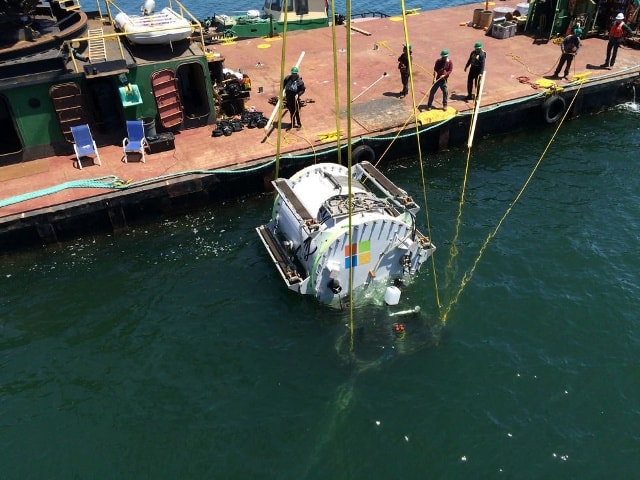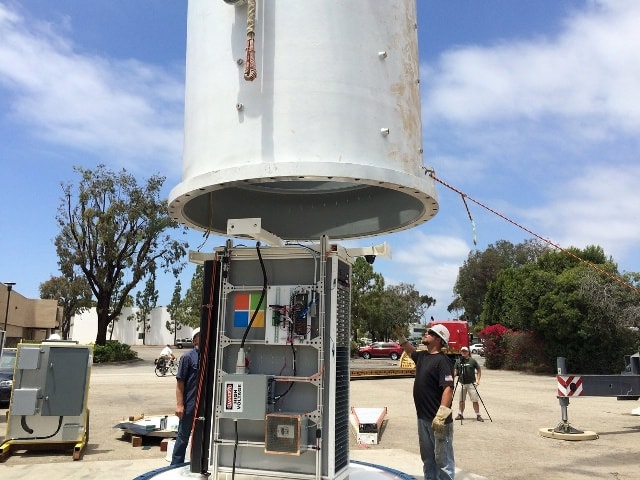Microsoft puts servers under the sea to... cool down
Not only does this new data center design solve the problem of heat dissipation, it also helps Microsoft reduce construction time.
One of the biggest costs of running a data center is cooling. In fact, the electricity costs for air conditioning in these centers are often as high as the cost of powering the IT equipment. It is for this reason that many of the breakthroughs in cloud computing are aimed at making high-density data centers more efficient at cooling at lower costs. The most obvious choice for the data center of the future will be liquid cooling—chemical solutions that conduct heat much more efficiently than air.
 |
According to Ars Technica, Microsoft has recently applied liquid cooling technology in a completely new direction - instead of placing liquid cooling pipes around the data center, the company has put its servers... under the sea. This project of Microsoft, Project Natick, has now successfully tested a mini data center operated under the sea. Microsoft's first underwater data center is named Leona Philpot and has been running smoothly from August to November last year, located about 1 km off the Pacific coast of the United States.
 |
In addition to the cooling advantage, the option of placing data centers at sea will also bring other benefits. Since half of the global population lives within 200 km of the coast, placing data centers at sea also allows these centers to reduce the distance to residential areas, thereby reducing the latency of cloud services. In addition, underwater data centers can be deployed within 90 days, significantly faster than the average of 2 years for conventional data centers and 1 year for Microsoft's 4th generation centers. In addition, these centers can also exploit tidal energy to generate electricity, reducing the impact on the environment.
Microsoft says the technology is still in its early proof-of-concept phase. The biggest problem with this type of data center is that Microsoft, like other companies, does not have a team of divers ready to respond to IT incidents. The Natick concept will only be successful if it operates continuously for 5 years without any problems (thus requiring no maintenance). After this period, the Natick modules will be brought to the surface for component upgrades.
In fact, ideas like Natick are not uncommon. Most of the world’s power plants are built near rivers and oceans to use the water as a “discharge” source for heat. Data centers are also following this idea. In 2011, Google opened a seawater-cooled data center in Finland. Since 2009, Microsoft has been developing small, modular data centers that can be deployed quickly. Combining these two ideas, Microsoft has created Natick.
According to VnReview
| RELATED NEWS |
|---|









